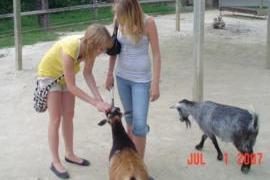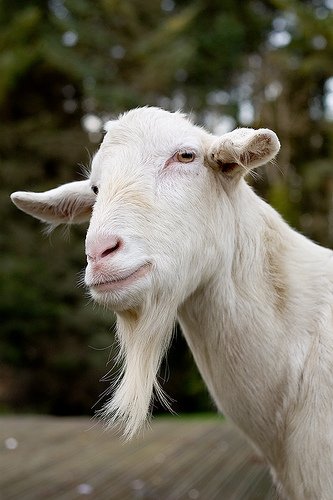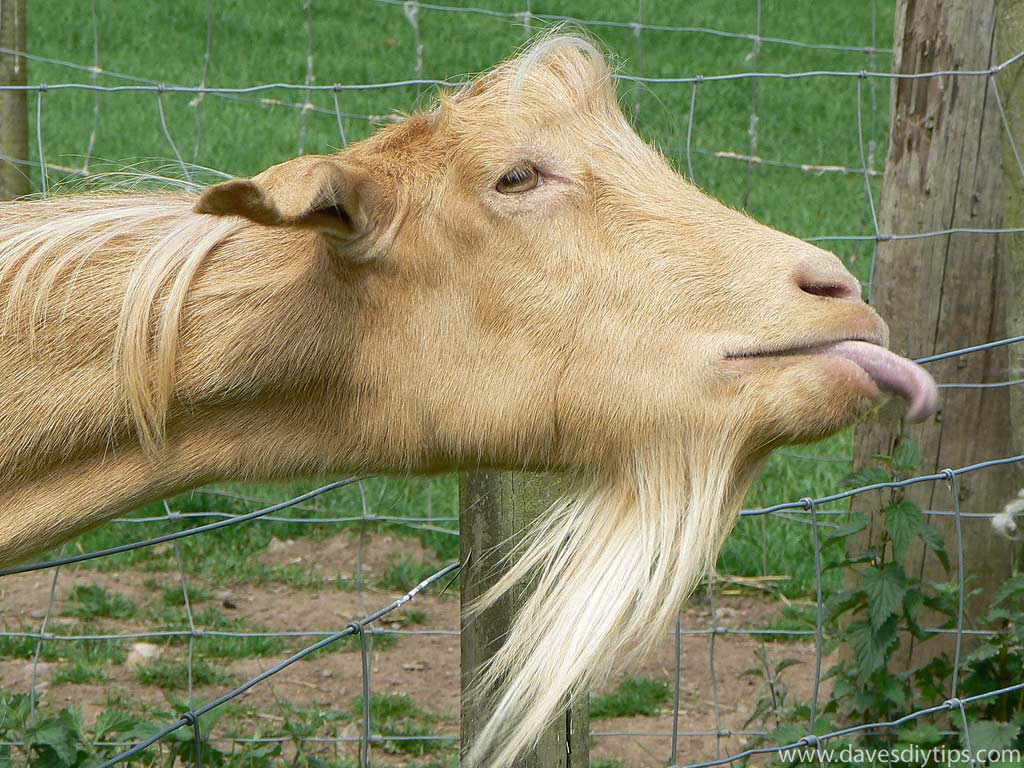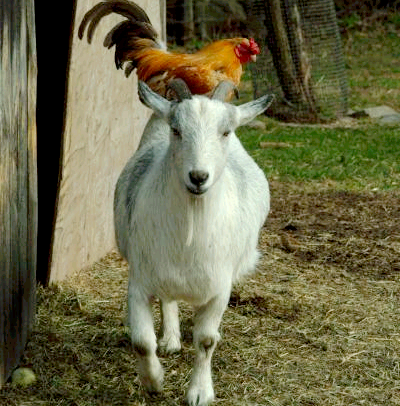In what seems to be two unrelated outbreaks of Q fever, five people fell ill in Washington and three in Michigan. The Washington outbreak was caused by infected goats – officials believe the pathogen infected the five people via contaminated dust particles.
Three women in Michigan fell ill after consuming raw cow milk from their dairy herd share program from a Livingston County farm.
Humans in general are at risk of zoonotic infection, but children (especially under the age of 5), pregnant women, the elderly, and immunocompromised people are at a  higher risk.
higher risk.
Q fever is not common; this is the first reported Michigan case in 20 years and the U.S. Centers for Disease Control reports that around 3 per cent of the healthy U.S. population and 10-20 per cent of persons in high-risk occupations (veterinarians, farmers, etc.) have antibodies to C. burnetii, suggesting past exposure. More frequent pathogens associated with animal-human contact and raw milk consumption are E. coli O157, Salmonella, Cryptosporidium and Campylobacter. For more info of the many types of zoonotic diseases that have been linked to animal-human contact outbreaks at petting zoos/farms, and raw milk consumption, visit our tables,

.jpg) future health of his grandchildren, although that kind of discussion wouldn’t go very far (even though several of the outbreaks involve raw goat’s milk).
future health of his grandchildren, although that kind of discussion wouldn’t go very far (even though several of the outbreaks involve raw goat’s milk). better used elsewhere, and take up time in the Supreme Court of B.C. by asking judges to set aside a 2010 court order that prohibits her from producing and packaging unpasteurized dairy products.
better used elsewhere, and take up time in the Supreme Court of B.C. by asking judges to set aside a 2010 court order that prohibits her from producing and packaging unpasteurized dairy products..jpg) I was also happy about the signs posted around the petting zoo that read,
I was also happy about the signs posted around the petting zoo that read, its raw goats milk, bringing the number of confirmed sick people to 24.
its raw goats milk, bringing the number of confirmed sick people to 24. Two children who drank goat milk from the Billy Goat Dairy required hospitalization, Boulder County Public Health reported Wednesday.
Two children who drank goat milk from the Billy Goat Dairy required hospitalization, Boulder County Public Health reported Wednesday. that 102 dead goats and boxes of organs had mysteriously disappeared in transit, the state says.
that 102 dead goats and boxes of organs had mysteriously disappeared in transit, the state says..jpg)
 Four patients were admitted to hospital. … S. Muenster was isolated from both cases and the incriminated goat’s cheese. …
Four patients were admitted to hospital. … S. Muenster was isolated from both cases and the incriminated goat’s cheese. … Nguyen Thi Thu Nga, chief inspector of the HCMC Animal Health Agency, said the products were contaminated with bacteria, including Salmonella and E.coli, and also failed to meet other food safety criteria.
Nguyen Thi Thu Nga, chief inspector of the HCMC Animal Health Agency, said the products were contaminated with bacteria, including Salmonella and E.coli, and also failed to meet other food safety criteria.

 Amy has survival skills. She knows how to field-dress animals. And has pretty good bowstaff skills.
Amy has survival skills. She knows how to field-dress animals. And has pretty good bowstaff skills.